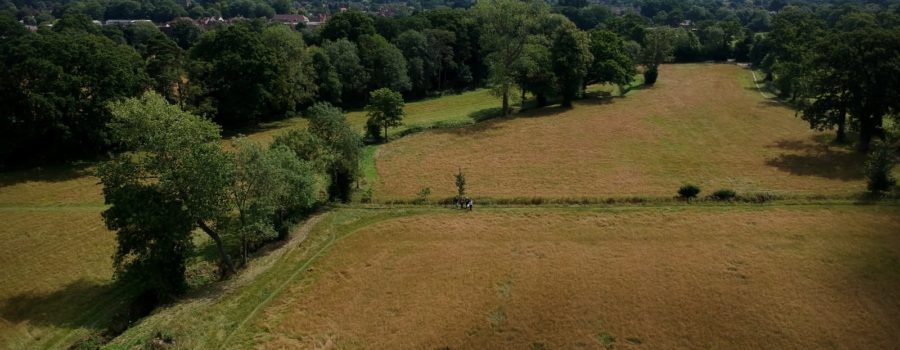We’ve been pleased to call Cranleigh our home since the formation of Informed Choice in 1994.
The place that claims to be the largest village in England has been home to the Bamford family since the early 1980s, when Informed Choice founder Nick relocated from working in Gloucester to a new job in Wembley.
In the nearly 40 years we’ve called Cranleigh our home, the village has been through many changes, although growth in the number of houses here has been very limited.
In the past few years, demand for places to live in the area, especially affordable housing for younger people, has grown and resulted in a number of local landowners putting forward sites for housing development. New housing is often an emotive issue, with local residents not wanting the character of their village to change beyond recognition and perhaps fearful about the impact of more people on local infrastructure and public services.
One of the proposed local developments quickly caught our attention as it promised something uniquely positive for the village, along of course with more houses.
The Knowle Park Initiative is centred on a large expanse of glasshouses in the west of the village, as well as 60 acres of parkland. With the lettuce growing operation in the glasshouses reaching the end of its serviceable life, the landowner put forward the site for new homes and also offered the creation of a new public parkland.
Due to my involvement in establishing Cranleigh parkrun, I was invited by the landowner to join a newly established community trust, responsible for maintaining the park and directing its use.
Now formed as a registered charity, I’m delighted to be chairing the Knowle Park Trust and helping to steer the creation of the public parkland, allocating a substantial budget gifted by the landowner to make this vision a reality.
The parkland, which is on track to open to the public in 2020, will include a natural landscaped amphitheatre to provide a new event space. A new lake will also be created in the park, forming a valuable haven for wildlife and helping to attenuate floodwater in the area.
Within the park itself is an ancient Osier Bed; a manmade area which could be flooded to create the waterlogged conditions needed for willow to thrive. The symbol for Cranleigh, which can be seen on top of Fountain Square in the High Street, is a crane perched on a wicker basket, with the willow for this basket production believed to originate from this Osier Bed.
Knowle Park itself has a fascinating history, as a location where Oliver Cromwell visited in 1657 and stationed his troops.
As plans for the park develop, I’m looking forward to helping to bring something positive to the village, for the benefit of both local residents and of course visitors. For more information as the park is created, please visit knowlepark.org.
This article first appeared in the March 2018 edition of Informed, our client magazine.

